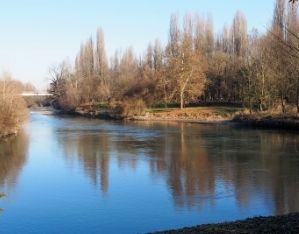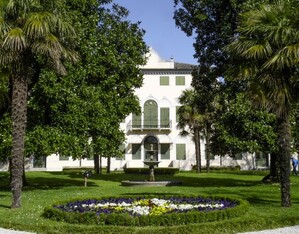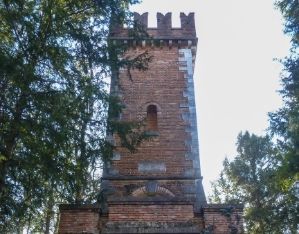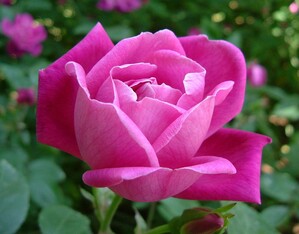On this strip of land on the banks of the Livenza river on the border between the Veneto region and Friuli, the Morpurgos, a cosmopolitan Jewish family from Trieste gave rise to a garden open to contemplation, meeting, and dialogue between different cultures and experiences, translating the connection between the centuries-old culture of Venice and that of Central-European Trieste.
At Villa Varda, south of Pordenone, a vast park bordered by a bend in the Livenza river surrounds the residence, which over the centuries has been property of various aristocratic families of the Veneto region. In 1868, the complex was acquired by the Morpurgo de Nilmas, a wealthy family of Jewish origin who had settled in the emporium area of Trieste and who decided to renovate the villa and its appurtenances in keeping with the traditional Veneto villa paradigm. The outdoor green areas were organised following the then fashionable landscape garden trends with many exotic species growing in the greenhouses – a reminder of the Morpurgos’ time in Egypt, where Carlo Marco, he who bought the Friulian estate, had started to build his fortune. The most substantial interventions, which testify to the coexistence of different cultures and their influence on the artistic creations, were carried out in the 20th century by Baron Mario, the last descendant of the family, who was very fond of this villa. Converted to Catholicism, before passing away towards the end of the Second World War, Mario donated his property to the Seminary of Pordenone. After a phase of neglect and deterioration, the complex was bought by the Region of Friuli Venezia Giulia, which – after taking care of its restoration – transferred it to the City of Brugnera in 1999. Over the recent decades, long avenues of lime trees have been planted, while small parterre beds have been arranged by the villa, complementing the centuries-old trees giving rise to a variety of atmospheres.





